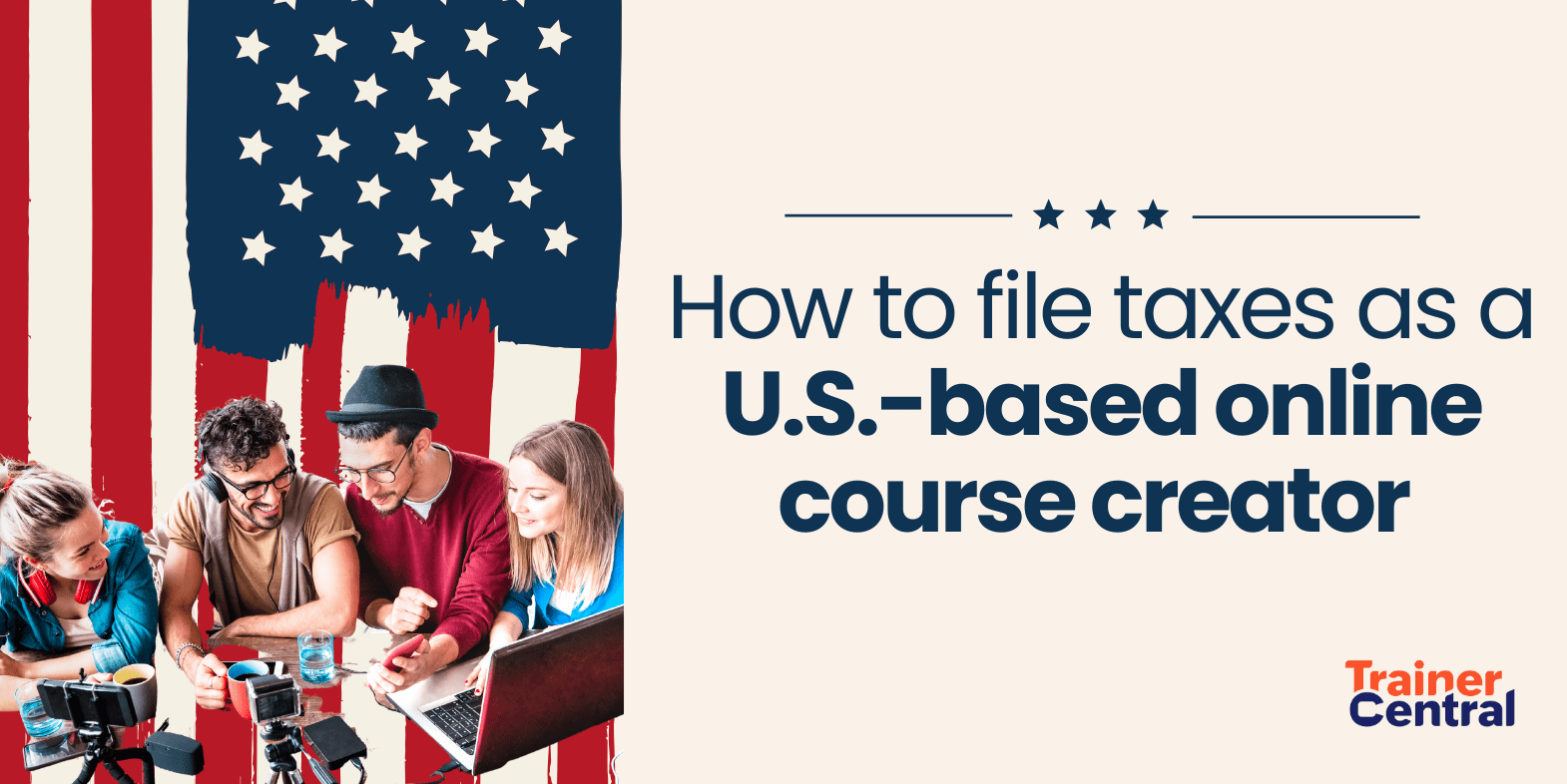- HOME
- Building a business
- Globalization strategies to expand your online course to international audiences
Globalization strategies to expand your online course to international audiences
- Last Updated : October 18, 2023
- 289 Views
- 4 Min Read

In an era where education knows no boundaries, online course creators should launch their courses in a way that can reach learners from every corner of the world. Globalizing your course helps you extend your reach beyond your home turf.
The first step is to identify global markets with strong demand for your course while also assessing the competitive landscape in each region. For example, if you offer courses on sustainable farming practices, you might find a growing demand for such courses in countries like India and Brazil because of their focus on the agricultural sector.
In this blog post, let's look at the various globalization strategies to promote your online course to international audiences.
Navigating cultural sensitivities
Knowledge is universal, but the teaching methodologies and languages should be customized to meet the preferences of different countries. In simple words, recognizing the cultural sensitivity of different regions is important. It’s not just about translating the content in their native language, it also means understanding cultural norms and tailoring your approach accordingly. For example, a course on various business practices might need adjustments when targeting Western countries versus targeting the Middle East.
Course localization
Translating your course content
Translating the course content in the native language of a region is one of the best ways to localize your course. But it doesn't stop there, it may also involve hiring professional translators who can adapt your content to different languages and cultures effectively. The course should speak to learners in a way that resonates with them culturally.

Regional references
To make learners feel connected with your course, it’s important to customize the course content that aligns with their region and culture. This means rewriting the examples, case studies, and references in your course to make it familiar for different regions. For example, if you’re teaching marketing, it’s better to use case studies from local brands because it can help learners relate with them easily.
Technological infrastructure
Robust course creation platform
The online course platform that you use to host your courses needs to be robust enough to support multiple languages seamlessly. In addition to that, it should also offer international payment gateways to facilitate smooth transaction. Online course platforms like TrainerCentral makes it easier to sell courses globally, by supporting multiple languages in their interface with different payment gateway options.
Accessibility and compatibility
Mobile optimization and cross-browser compatibility is pivotal feature when it comes to accessing an online course. Ensuring that your course is accessible on a variety of devices and browsers without any hindrances is critical to reach a diverse audience across the globe. For instance, the mobile app version of TrainerCentral allows learners to access their courses from any mobile device.

Marketing and promotion
Crafting an international marketing strategy
Marketing your course with the right strategy to reach the right people who may be your potential students is an essential part of the process. To reach international audiences effectively, you must localize the SEO of your website. This includes researching and incorporating keywords that are specific to the local region. Creating powerful engagement on social media is another way to expand the global reach of your course. Netflix's localization strategy is a prime example, because they tailor their social media and content to cater to different regions and languages.
Pricing strategies
Pricing your courses appropriately for different markets is a complex task. It involves accounting for regional purchasing power parity, economic disparities, and tax regulations. Careful planning and research are necessary to ensure affordability while maintaining profitability. For example, Amazon adjusts the price of its Kindle books based on the international markets and currency exchange rates.
Influencer partnerships
Establishing trust among learners is essential when you’re expanding the reach of your online course. Influencer marketing is an effective form of marketing. Partnering with local influencers, educators, or organizations can help you establish trust and credibility in new markets.

Legal compliances
International copyrights and intellectual property
While creating course content for international audiences, it’s important to follow copyright laws. Never use content in your course that doesn't belong to you. If you want to use content created by others, obtain legal permission and ensure full protection before monetizing it. For example, creative commons offers a suite of copyright licenses that allows creators to share their work globally while protecting their rights.
Date privacy laws
Data privacy laws like GDPR and CCPA are stringent and apply to online courses that collects user data. Complying with such regulations when handling data isn’t just a legal requirement but essential for building trust with your users.
Conclusion
After launching your course, it’s essential to update the content to stay relevant in the changing and ever-evolving landscape. Analyze the feedback, reviews, and the performance metrics of your course and refine it wherever necessary. This will keep your course updated and gives you a competitive advantage. By following these strategies, you can share your expertise with a global audience and contribute on a global scale. Expanding your course internationally may seem tedious, but with the right plan and execution, you can make the world your classroom.


